Cigar Tip: Storage Wars (Multiple Humidors)
19 Aug 2019
[Editors’ Note: In the coming weeks, I will be writing about my experience consolidating my cigar storage setup. As a precursor, today I am republishing an article I wrote about managing multiple humidors. It originally appeared here on April 25, 2012.]
Wouldn’t it be nice to have one large humidor in your home, preferably a walk-in, with all the cigars easily accessible, sorted by name, and labeled with received dates? It would make aging simpler, humidification easier to monitor, and your whole stash more organized.
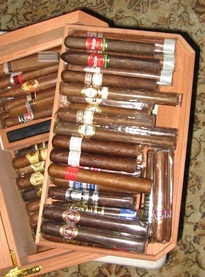 Sometimes I think those of us who regularly visit the online cigar community, or those of us who write for it, automatically assume every reader has one elaborate cigar storage setup that costs thousands of dollars. I’m sure some do. But I don’t. And chances are you don’t, either. That said, I want to be clear that I’m not complaining. As I’ve written before, I’m fortunate to have a wonderful cigar den that allows ample room for my humidors, as well as nice space for indoor smoking during those cold Chicago winters. While I may not have a walk-in teeming with the world’s rarest and most expensive smokes, I’m certainly happy and thankful for what I have.
Sometimes I think those of us who regularly visit the online cigar community, or those of us who write for it, automatically assume every reader has one elaborate cigar storage setup that costs thousands of dollars. I’m sure some do. But I don’t. And chances are you don’t, either. That said, I want to be clear that I’m not complaining. As I’ve written before, I’m fortunate to have a wonderful cigar den that allows ample room for my humidors, as well as nice space for indoor smoking during those cold Chicago winters. While I may not have a walk-in teeming with the world’s rarest and most expensive smokes, I’m certainly happy and thankful for what I have.
All this isn’t to say that my setup doesn’t present some challenges. It does, and I think many of the challenges apply to the average cigar consumer. So I figured I’d outline my top two challenges—and the solutions I’ve concocted to confront them—so the information can help others (or with hopes that you have comments and suggestions about how I might improve my own setup).
First, let me say that at any given time I have anywhere from five to seven humidors. The variance is explained by the fact that, depending on inventory, I sometimes outfit two large Tupperware containers with humidification beads and Spanish cedar to store spillover smokes. In a perfect world I would only have one very large humidor to worry about, not a handful of medium- to small-sized humidors. But because the five traditional wooden humidors all carry sentimental value (i.e., the one I got for my wedding that’s engraved with the wedding date) I can’t bring myself to consolidate. Plus, given the space I have in our condo in Chicago, one very large humidor would be a lot tougher to make space for.
One challenge with this setup is monitoring the humidification levels of each individual humidor. Each humidor seems to hold onto humidity differently, and that can make proper maintenance difficult. My solution? Once every so often (more often in the winter, when the natural air humidity is lower) I examine and rotate the cigars in each humidor. I also check to see if the humidification device in each humidor needs to be “recharged.â€
The second challenge—especially with all the rotation—is keeping track of which cigars are stored where. I combat this by keeping brands together (i.e., Tatuaje with Tatuaje, PDR with PDR, etc.) and then noting in a spreadsheet which brands are in which humidor. This isn’t perfect because it requires me to reference a document if I’m looking for something in particular. But I’ve found it helpful. I’m considering doing something similar but, instead of organizing the cigars by brand, organizing them by type (i.e., cigars that need to be reviewed, golf course smokes, special cigars for special occasions, etc.).
I’d be interested to hear your thoughts on how to improve my setup. Or, if you have a completely different setup/strategy, please feel free to share in the comments below as well.
photo credit: Stogie Guys

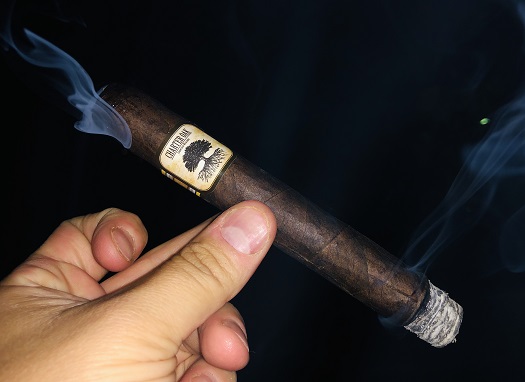
 Before I do that, though, today I am reviewing the Maduro version of Charter Oak. Like the CT Shade, it honors Melillo’s home state of Connecticut. It is named for The Charter Oak, an “unusually large white oak tree growing on Wyllys Hyll in Hartford, Connecticut… from around the 12th or 13th century until it fell during a storm in 1856,†reads a Wikipedia
Before I do that, though, today I am reviewing the Maduro version of Charter Oak. Like the CT Shade, it honors Melillo’s home state of Connecticut. It is named for The Charter Oak, an “unusually large white oak tree growing on Wyllys Hyll in Hartford, Connecticut… from around the 12th or 13th century until it fell during a storm in 1856,†reads a Wikipedia 
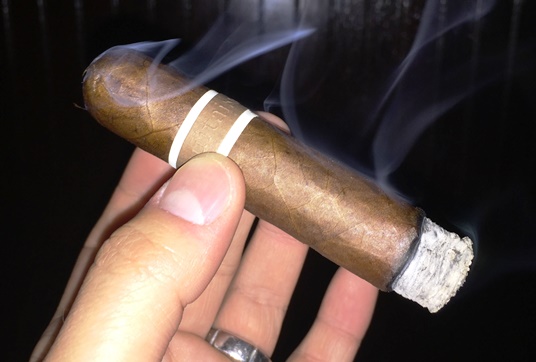
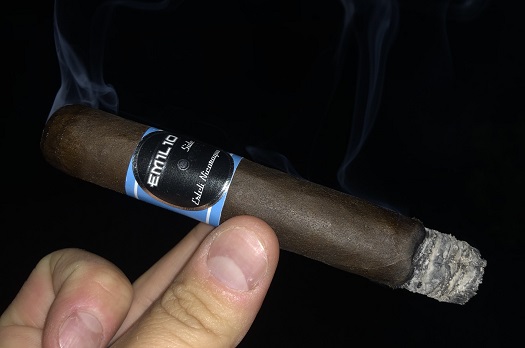
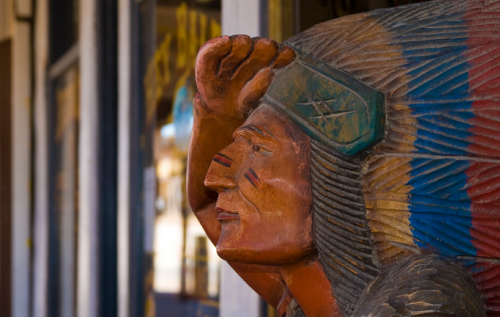
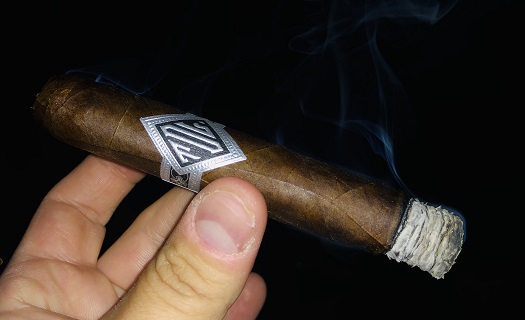
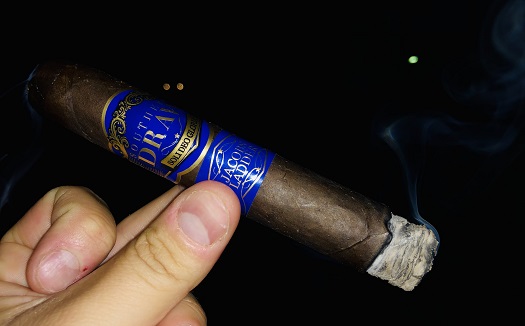
 Along with Rose of Sharon, Austin-based Southern Draw Cigars introduced the Jacobs Ladder (sans apostrophe, for some reason) blend in 2016. At first it was a limited release, but it grew into full production in 2017.
Along with Rose of Sharon, Austin-based Southern Draw Cigars introduced the Jacobs Ladder (sans apostrophe, for some reason) blend in 2016. At first it was a limited release, but it grew into full production in 2017. Patrick Ashby
Co-Founder & Editor in Chief
Patrick Ashby
Co-Founder & Editor in Chief Patrick Semmens
Co-Founder & Publisher
Patrick Semmens
Co-Founder & Publisher George Edmonson
Tampa Bureau Chief
George Edmonson
Tampa Bureau Chief